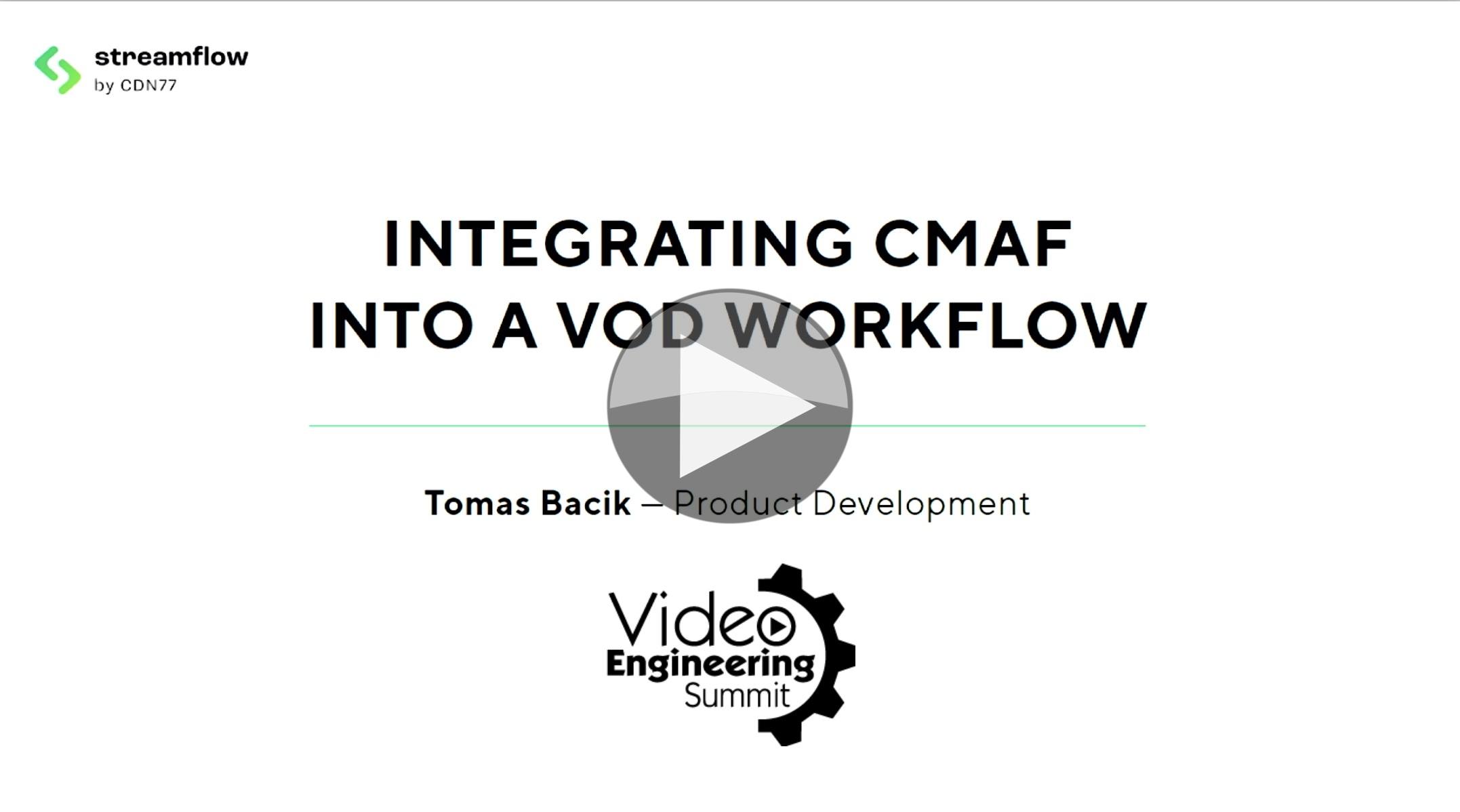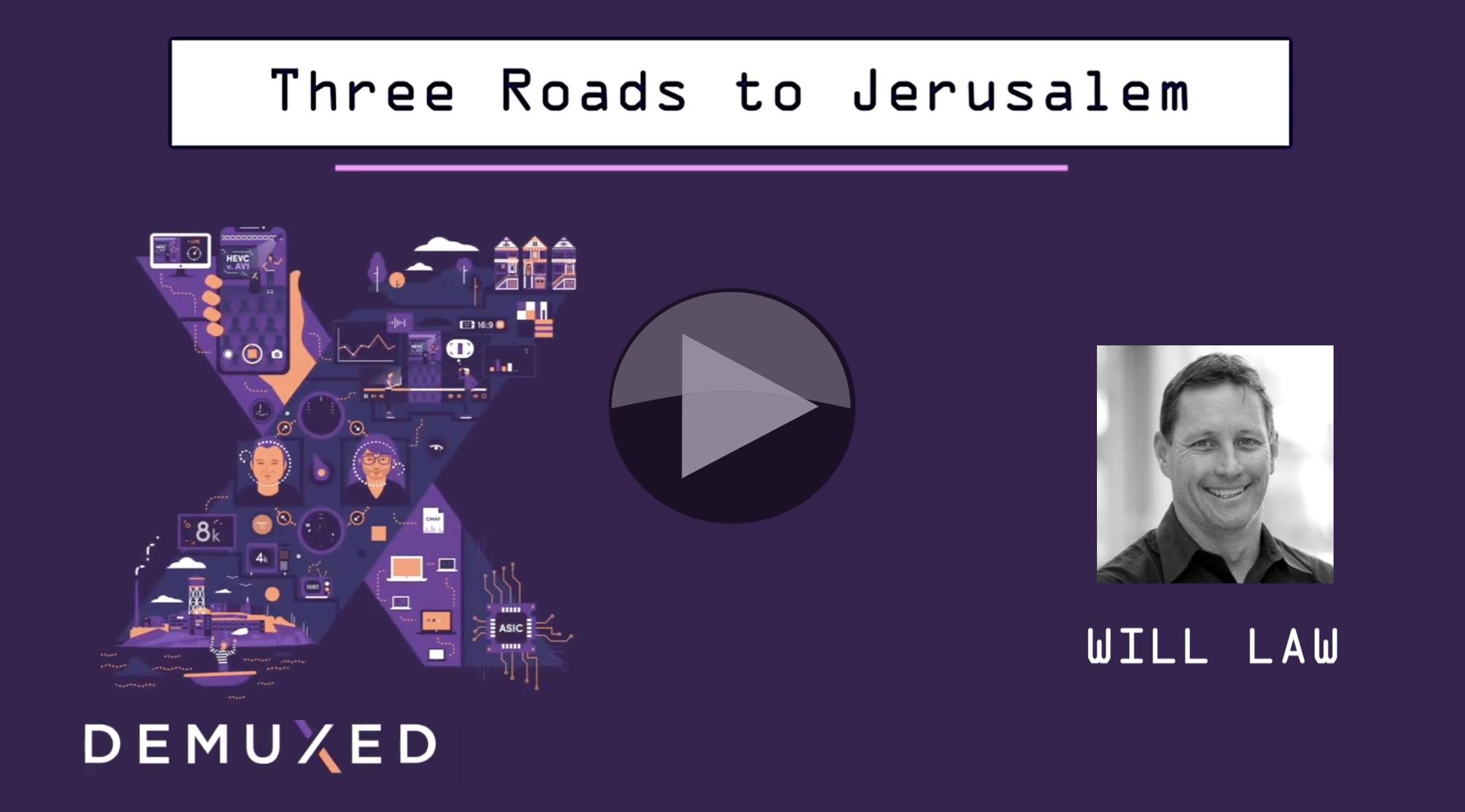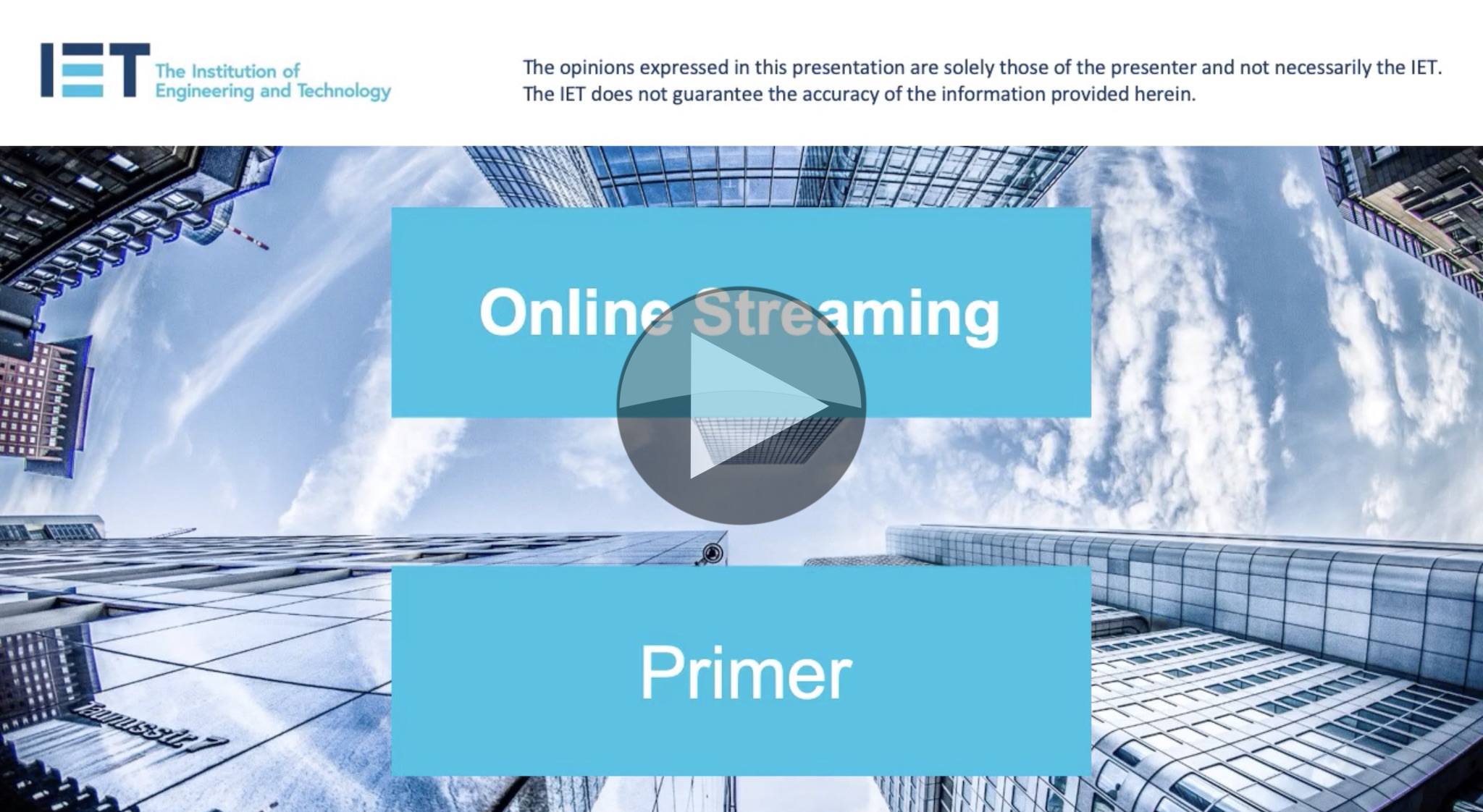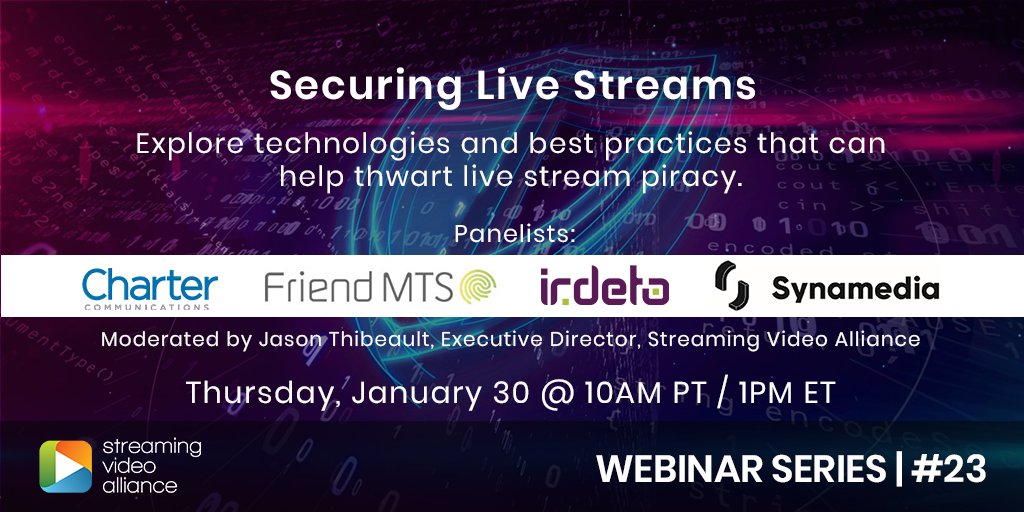CMAF is often seen as the best hope for streaming to match the latency of broadcast. Fully standards based, many see this as the best route over Apple’s LL-HLS. Another benefit of it over LL-HLS is that it’s already a completed standard with growing support.
This talk from Tomas Bacik starts by explaining CMAF to us. Standing for the Common Media Application Format, it’s based on the standardised ISOBMFF container format and whilst CMAF isn’t by default low-latency, it is flexible enough to deliver just that. However, as Tomas from CDN77 points out, there are other major benefits in terms of its use of the Common Encryption format, reduces storage fees and more.
MPEG DASH is a commonly found streaming format based on ISO BMFF. It has always had the benefit of supporting other codecs such as HEVC and AV1 over HLS which is an AVC-only specification. CMAF is an extension of MPEG DASH which goes one step further in that it can deal with both HLS-style manifest files (.hls) as well as MPEG DASH format (.mpd) inheriting, of course, the multi-codec ability of DASH itself.
Next is central theme of the talk, looking at VoD workflows showing how CMAF fits in and, indeed, changes workflows for the better. CMAF directly impacts packaging, storage and CDN which is where we focus now. Given that some devices can play HLS and some can play DASH, if you try to serve both, you will double your requirements of packaging, storage etc. Dynamic packaging allows for immediately repackaging your chunks into either HLS or DASH as needed. Whilst this reduces the storage requirements, it increases processing and also increases the time to first byte. As you might expect, using CMAF throughout, Tomas explains in this talk, allows you to package once and store once which solves these problems.
Tomas continues by explaining the DRM abilities of CMAF including AES-CBC and finishes by taking questions from the audience.
Watch now!
See Streamflow’s blog post supporting the talk
Speakers
 |
Tomas Bacik VP of Product Development, Streamflow by CDN77 CDN77 |












